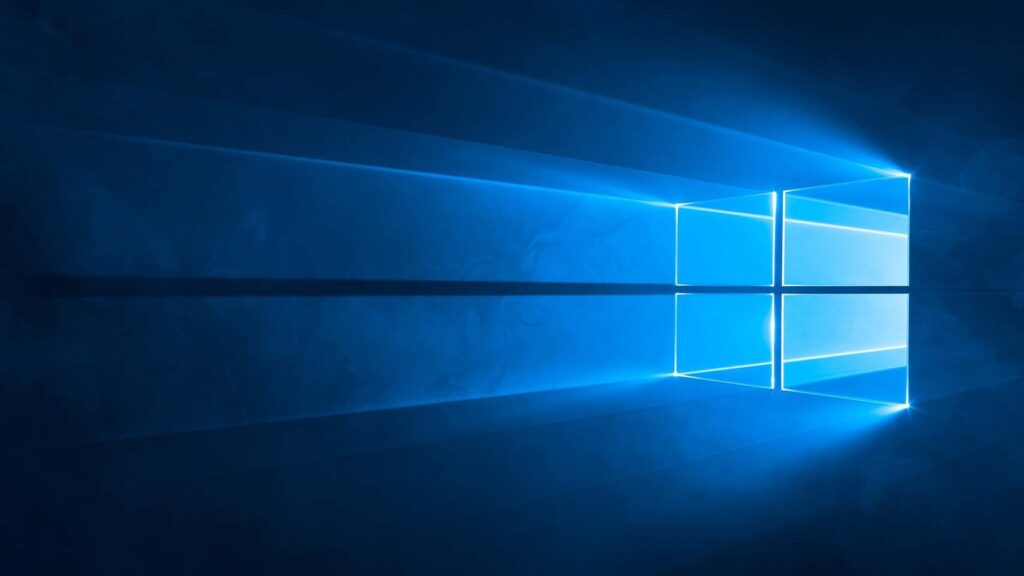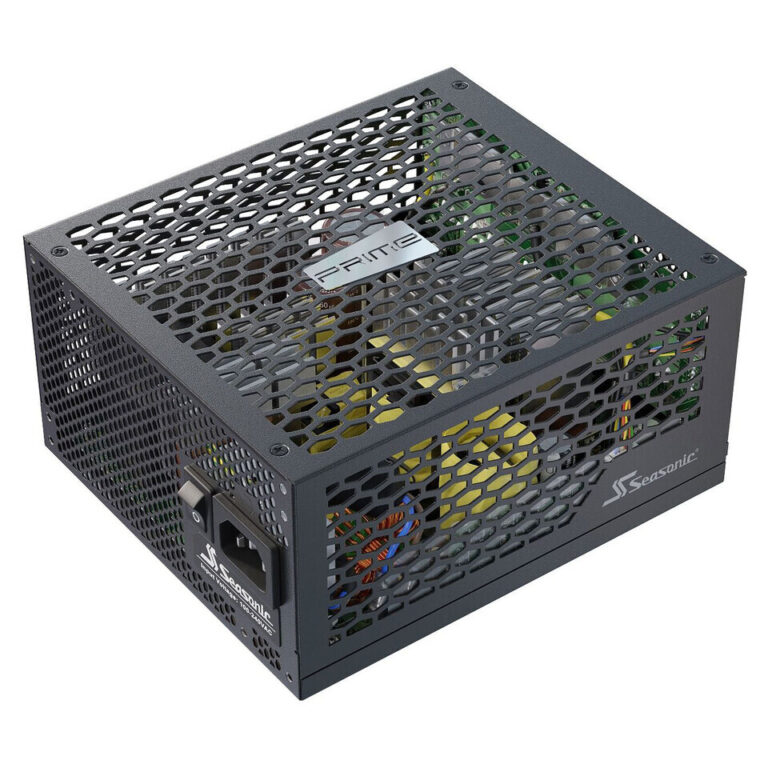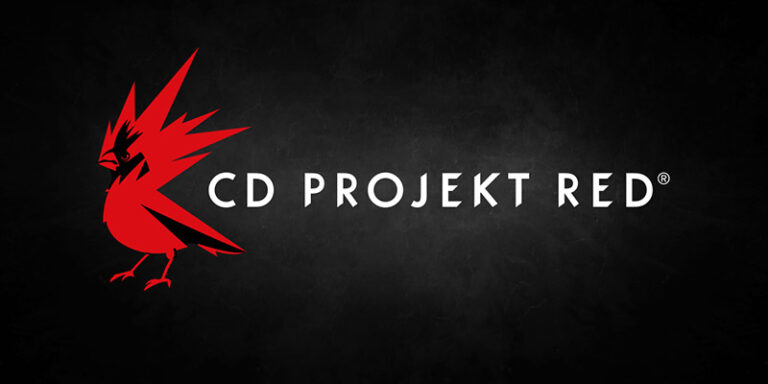
Today, October 14, 2025, at 6:01 PM JST, Microsoft has officially ended support for Windows 10, closing the chapter on an OS that has driven millions of desktops since its 2015 debut. From now on, Windows 10 will no longer get feature updates, quality-of-life tweaks, or general technical support. Your devices will still boot and run existing software, but the regular security patches and new features users relied on will stop. For now, the change might not hit home for many households, schools, and small businesses, but over time, the risks will grow.
Microsoft’s Extended Security Updates (ESU) program offers a temporary safety net, providing critical security patches for eligible machines after support ends. Details vary by region and user type—consumers versus organizations—and exclude new features or non-security fixes. In the European Economic Area, ESUs are free for one year if you sign in with a Microsoft Account, but it’s not a long-term fix. ESU can ease transitions, but leaning on it too long leaves systems vulnerable to outdated components and newer software incompatibilities.
Users now face a decision: upgrade, enroll in ESU, replace hardware, or accept higher risks. Upgrading to Windows 11 keeps you fully supported with regular updates, ideal if your hardware qualifies. For older machines, organizations might extend ESU or plan device swaps. Individuals could replace aging PCs or shift key tasks to supported platforms like macOS or Linux. Experts recommend backing up data, updating antivirus, and steering clear of risky online habits if you stay on unsupported Windows 10.
What’s your next move—upgrading to Windows 11 or exploring other options? I’d love to hear your thoughts!
Source: Microsoft




